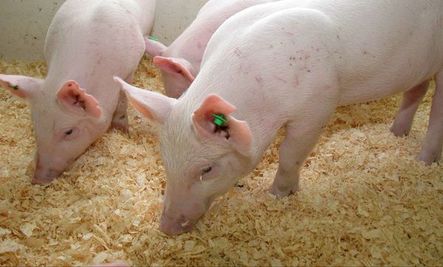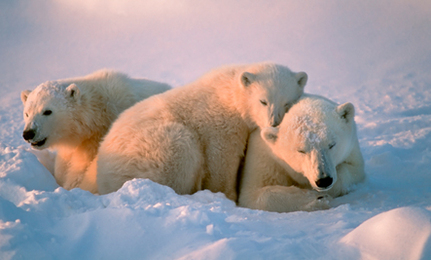The Academy of Medical Sciences in Britain has released a report exploring the possibility of mixing human cells of genes into animals for research purposes. They say the value to research into human disease warrants discussion and further scrutiny.
In the report they say, “This report considers research that involves the introduction of human DNA sequence into animals, or the mixing of human and animal cells or tissues, to create entities we refer to as animals containing human material (ACHM).”
Specific examples they give are dramatic changes to an animal brain using human cells to evaluate what consciousness or sentience is, cross-fertilization between human and animal reproductive material such as sperm and eggs to see what develops, genetic modifications to animals to make them resemble humans more or increase their capacity for speech.
In their own words, “Breeding of animals that have, or may develop, human derived germ cells in their gonads, where this could lead to the production of human embryos or true hybrid embryos within an animal.” (Source: Academy of Medical Societies)
Splicing human genes into rats for research purposes has been done for some years. Still, some of the scenarios described above seem like science-fiction novels or movies. The film Blade Runner foresaw a future filled with biologically designed organisms, both animal and human. Maybe it is not that far away.
As one commenter put it, “Give it a decade or two, and humanity is going to genetically engineer some very human-like animals.” (Source: Singularityhub.com)
Note: the pigs pictured above contain no human genes, but were genetically modified to produce less environmentally-damaging waste. Image Credit: Cecil W. Forsberg
Adapted from an article by Jake R.





